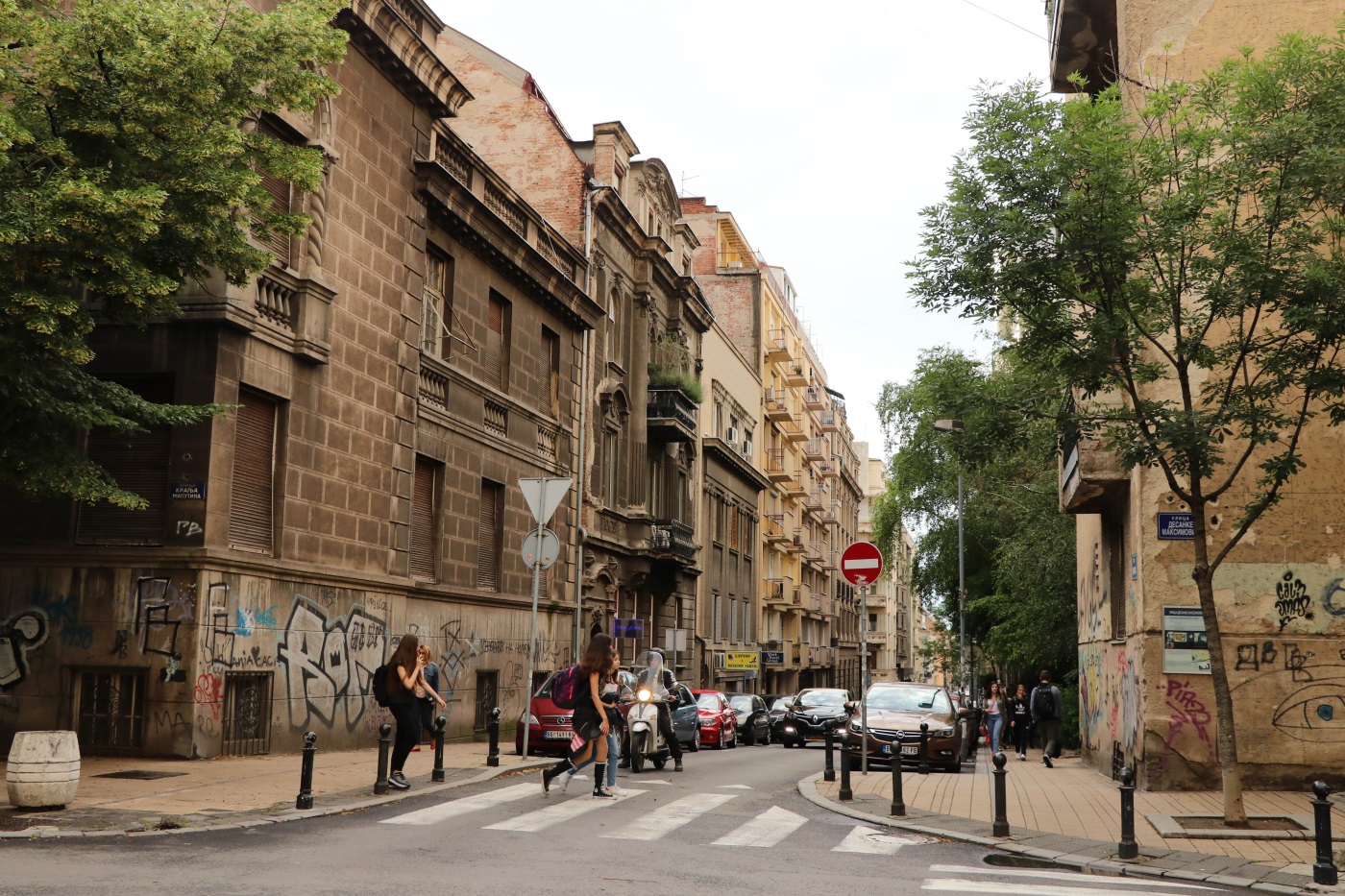History, examples, photos of the USSR architecture…
Belgrade architecture
upd 4 April 2024
Belgrade architecture is a unique combination of different eras and styles: the legacy of the Byzantine era, neoclassicism and romanticism, socialist modernism and modern high-rise buildings.

Neoclassical and Art-nouveau
After gaining independence in 1878, Serbia sought to rid itself of its Ottoman heritage. Although, several buildings of Ottoman Serbia are preserved: Bajrakli Mosque, Belgrade Planetarium – Old Turkish bath, Mehmed Paša Sokolović’s Fountain. In 19th centure Belgrade began to actively change, adopting the architectural trends of that time: romanticism, neoclassicism and art nouveau.




The most striking example of the architecture of the early 20th century is the Hotel “Moskva” in the Art Nouveau style.
Unfortunately, Belgrade suffered great destruction during the First and Second World Wars, so many architectural monuments of the 19th century were destroyed.

The Belgrade Fortress
The old part of the city belongs to Kalemegdan Park and Belgrade Fortress. The fortress was built in the 1st century and since then belonged to the Byzantines, Turks, Bulgarians and Hungarians. Inside are the remains of Roman buildings and other archaeological sites. The fortress offers views of the city and the confluence of the Danube and Sava.



New Belgrade – socialist modernism and brutalism
On the opposite bank of the Sava is New Belgrade. The area was largely uninhabited until the 1950s, after which a plan was developed and mass construction began.
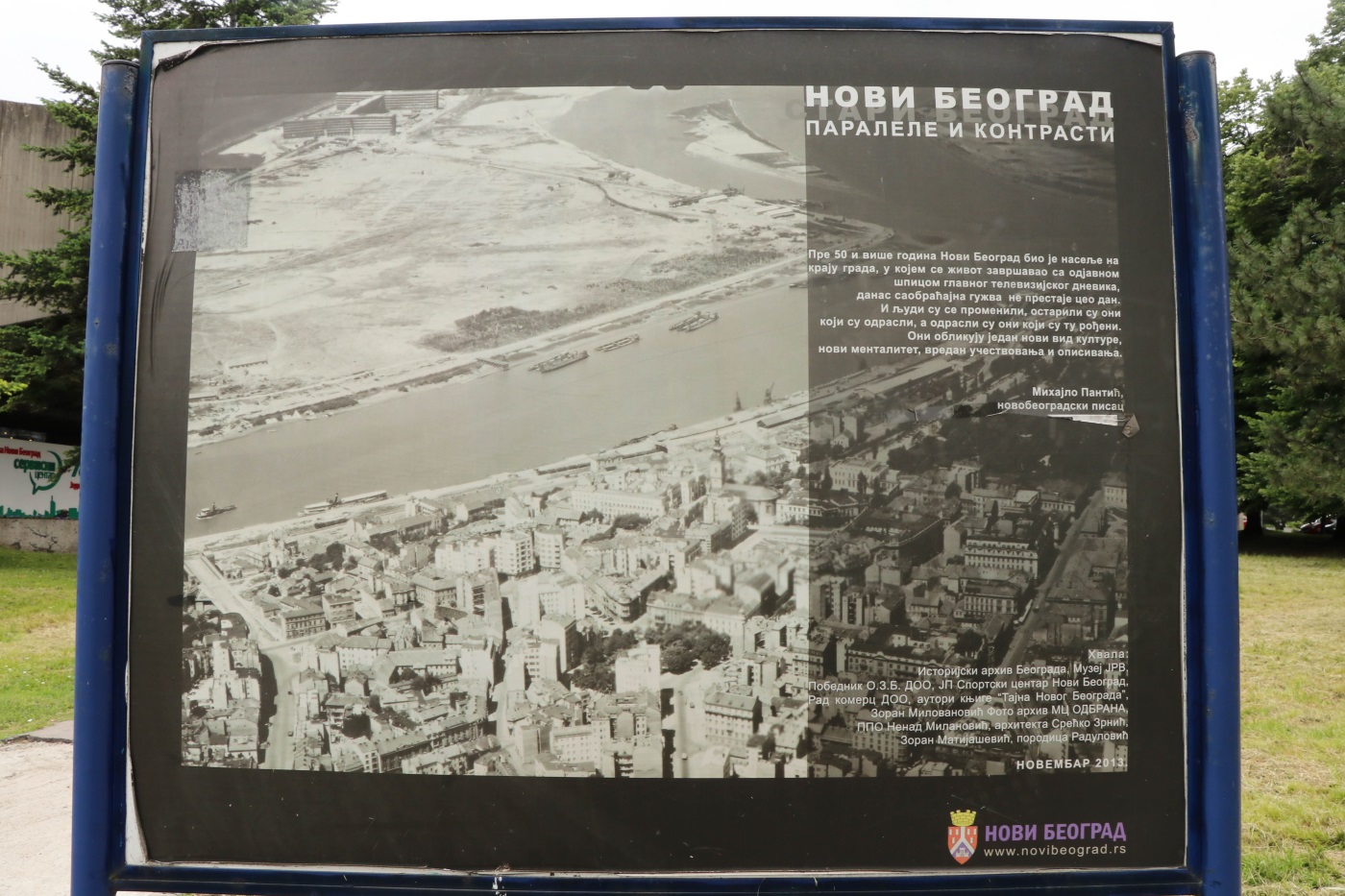
The houses were built in the style of socialist modernism, and some in the style of brutalism. Such bold architectural solutions include the Genex Tower, which can be seen from almost anywhere in the city.


There are many administrative buildings in New Belgrade.

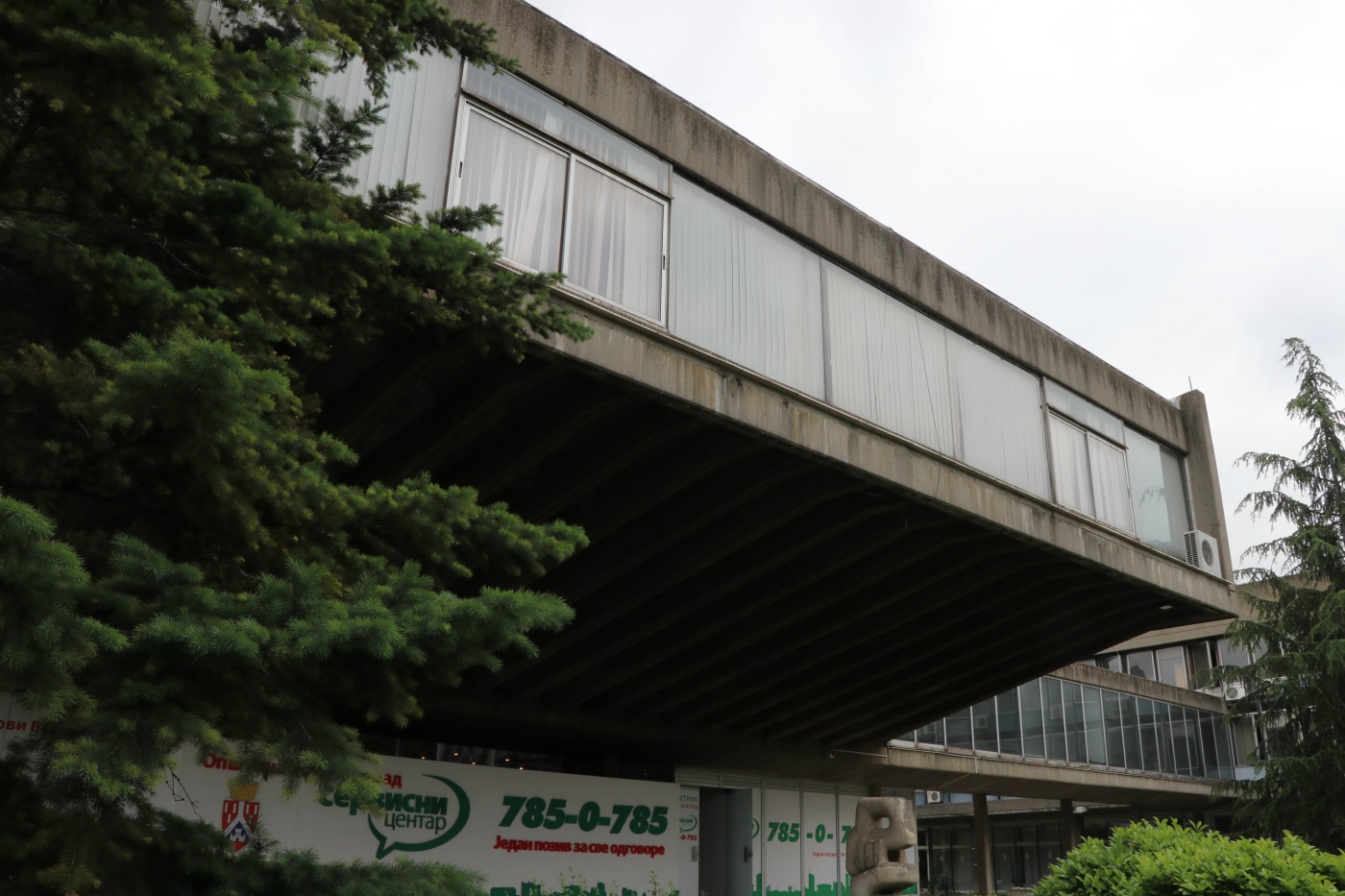
But basically this is a residential area with panel and multi-storey buildings, between which there are green multi-level courtyards.
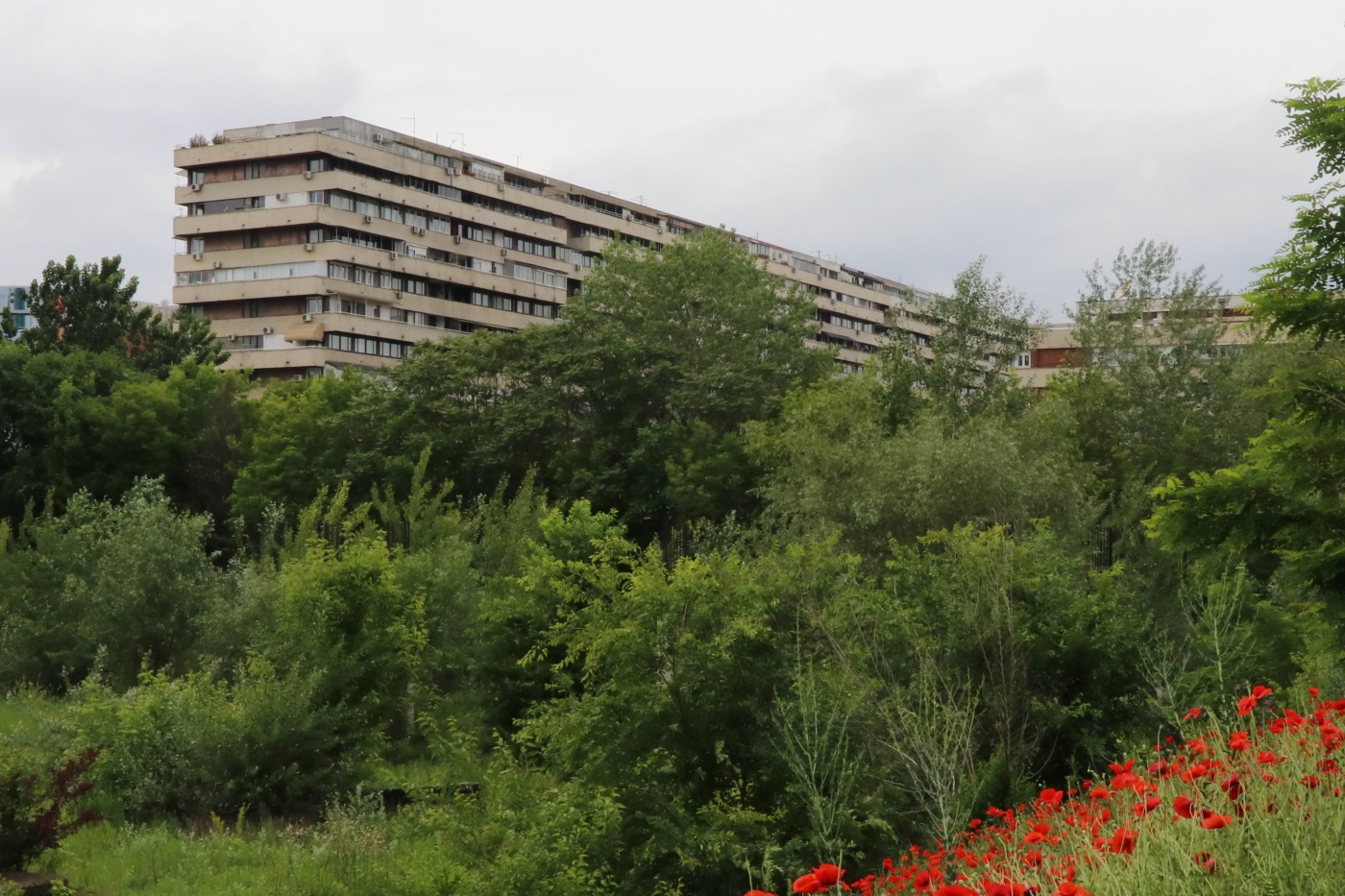


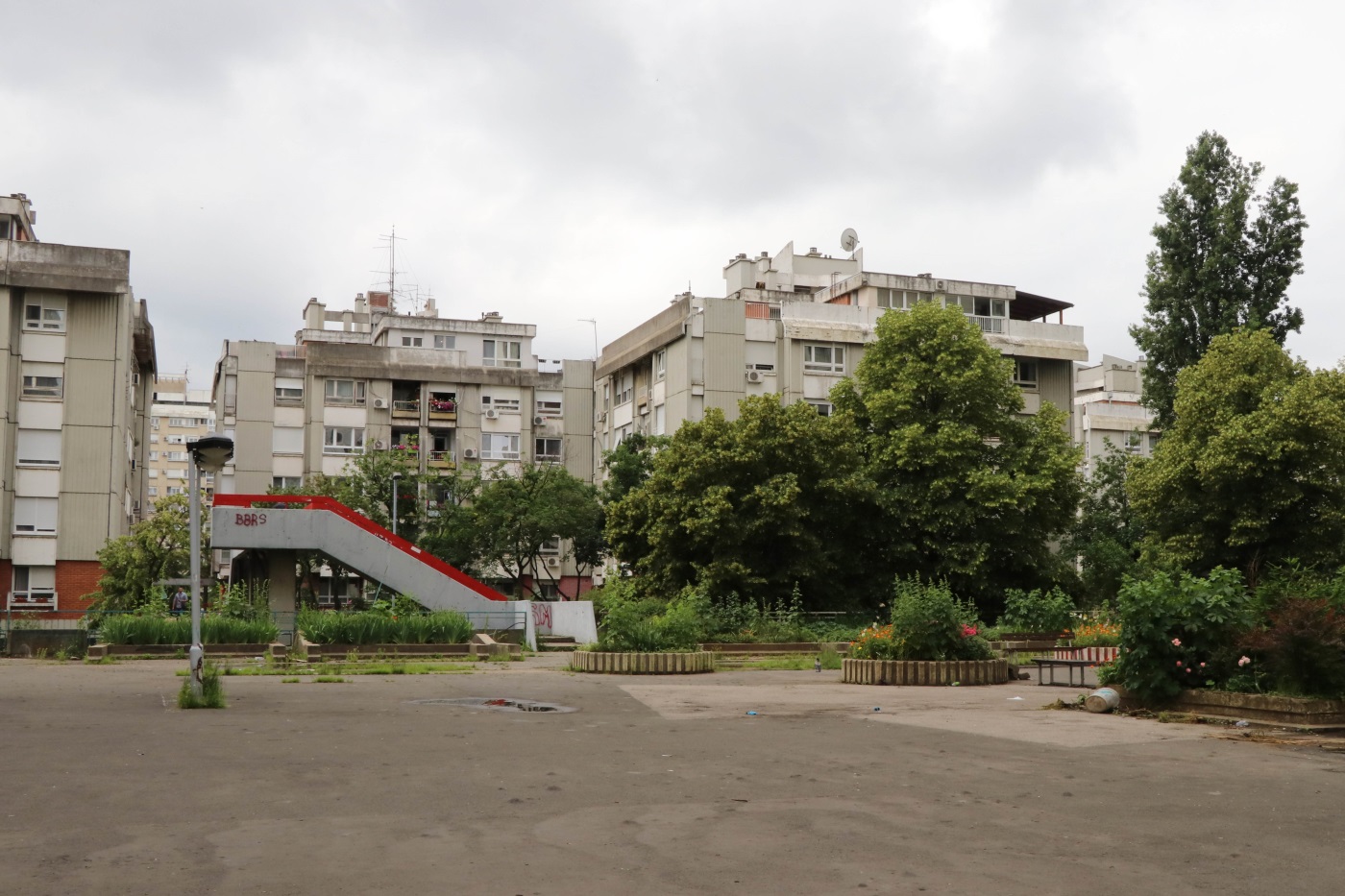
New Belgrade is divided into blocks. The most interesting of them are 43, 23, 22, 30, 31, but individual monuments of modernist architecture are also found in other blocks.



The architecture of socialist modernism is also found in the center.

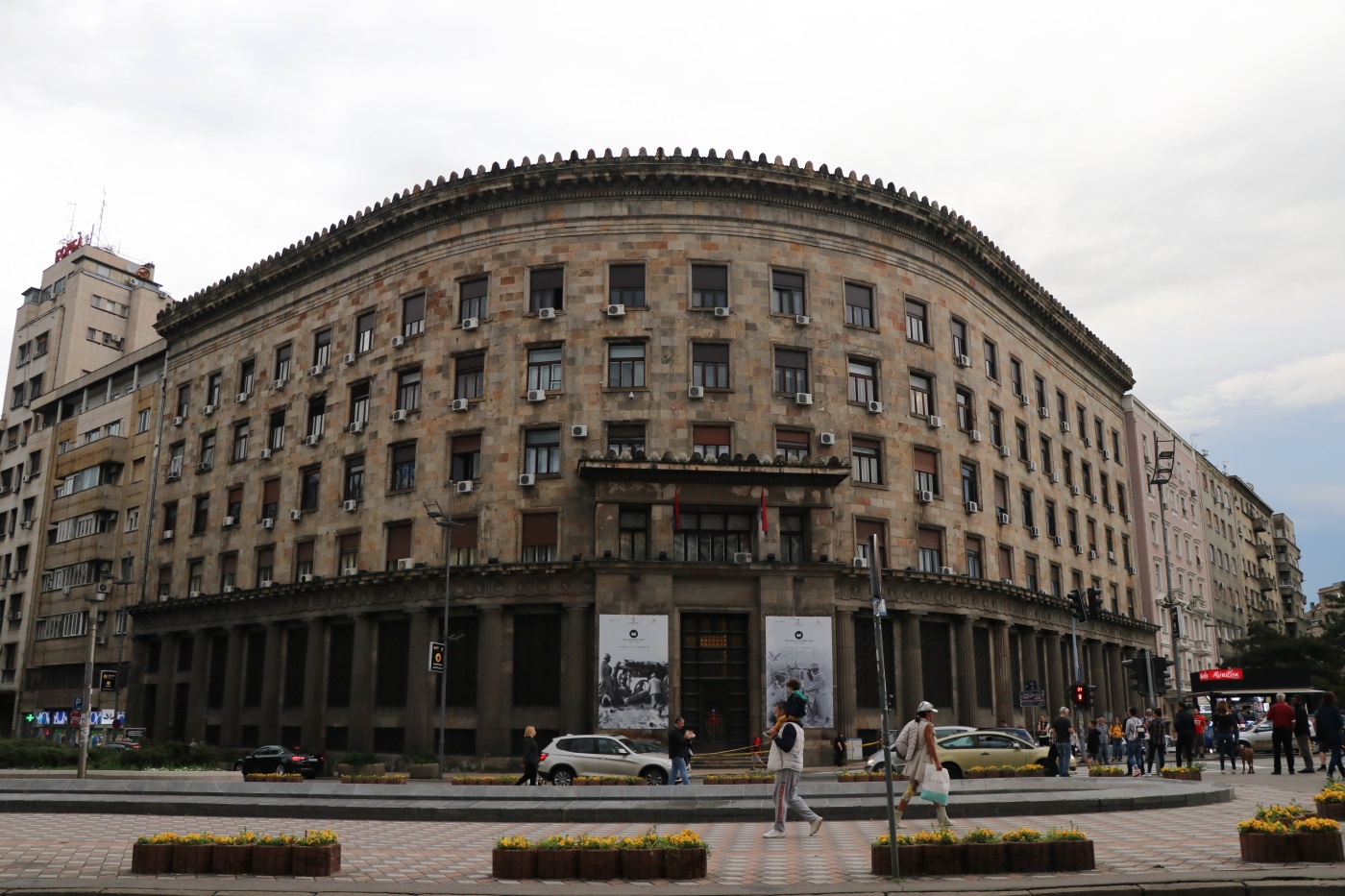
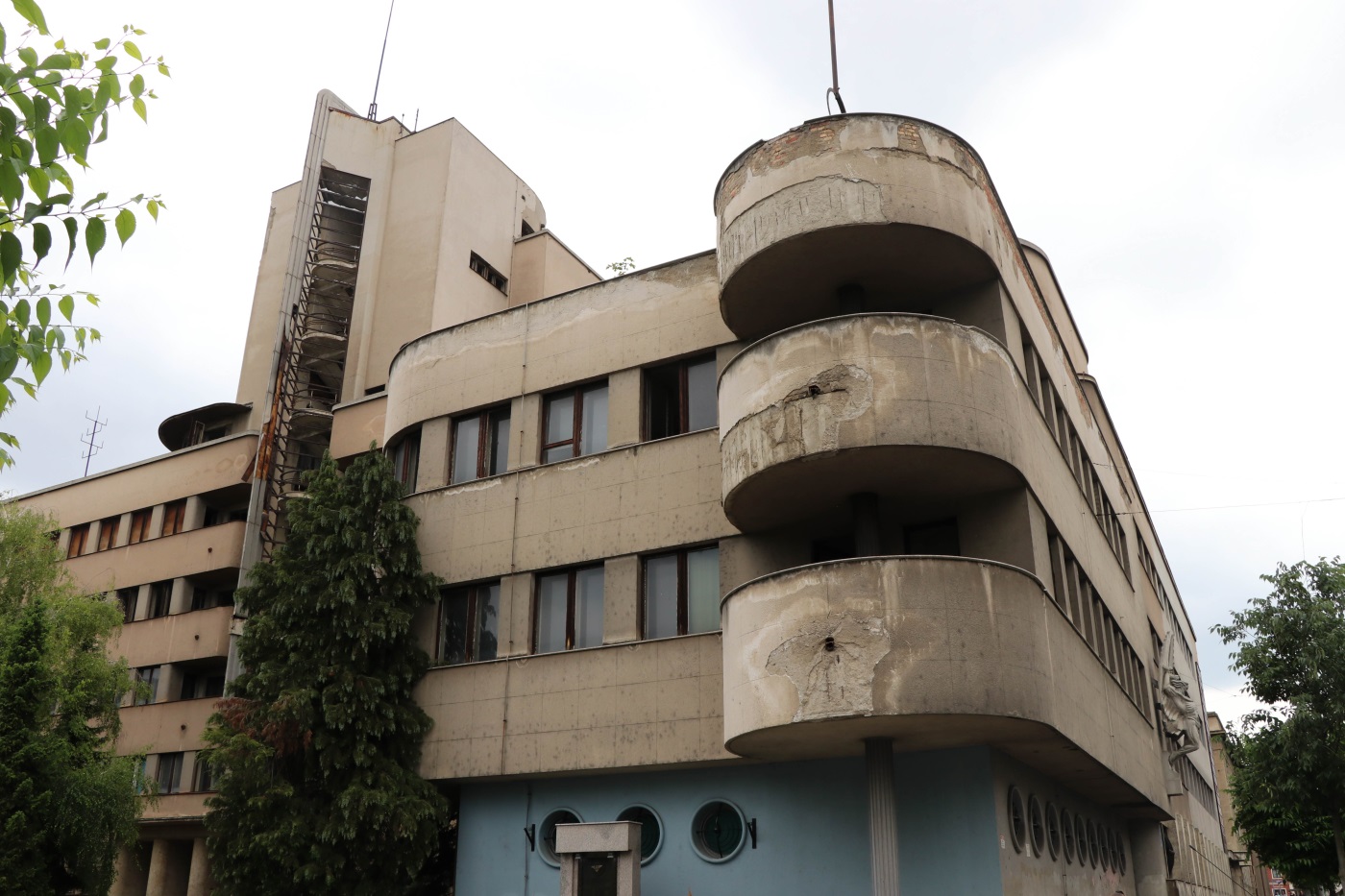

Zemun
Zemun is a district of Belgrade that was once a separate city on the border of Austria-Hungary and the Ottoman Empire. Many historical buildings have been preserved here, so the appearance of the area is not at all similar to the center of Belgrade. It was almost never destroyed, so here you can clearly feel that the history of Zemun goes back several centuries.



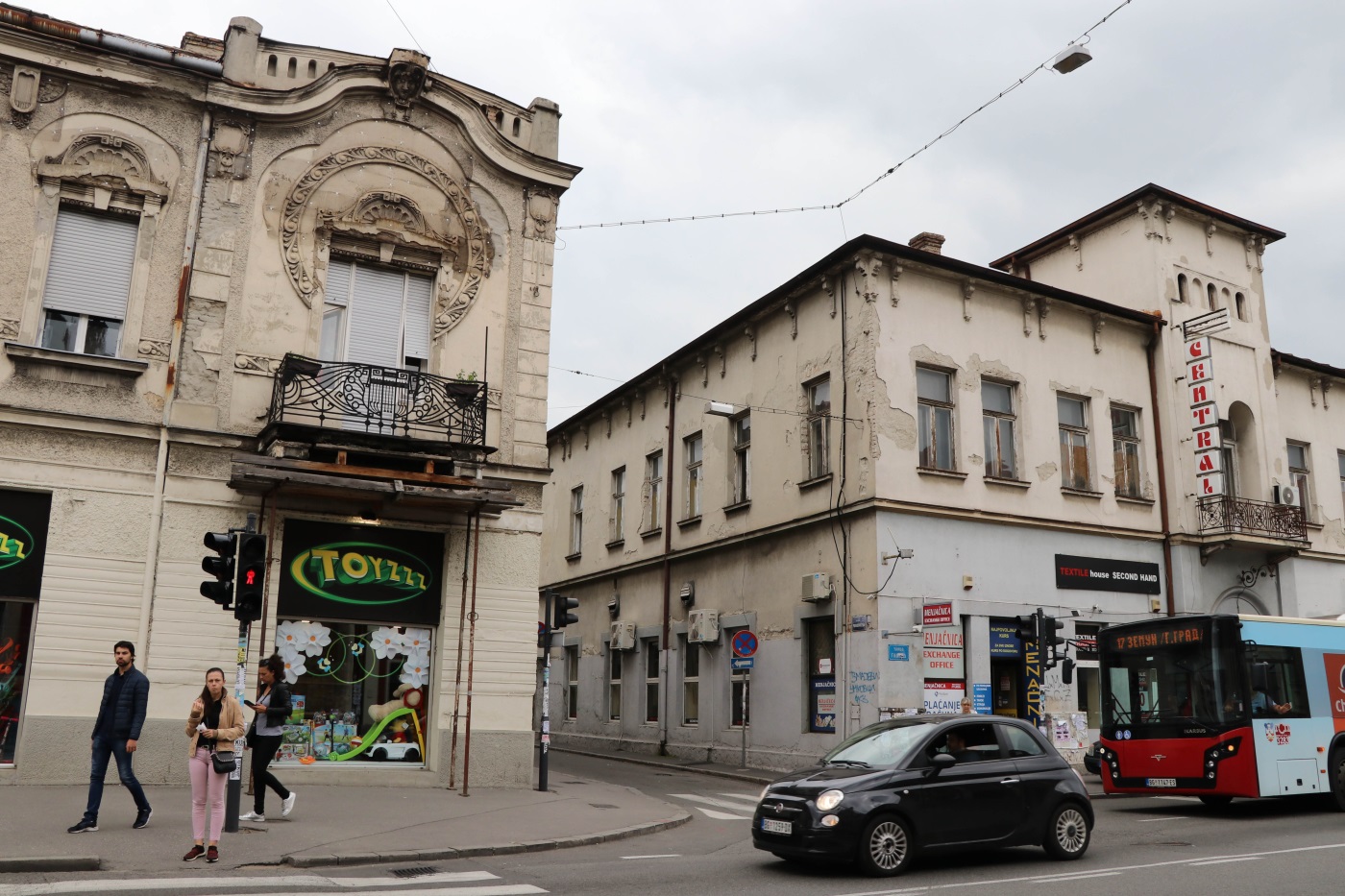
The main attraction of Zemun is the Gardos Tower. Four “millennium towers” were built in four parts of Author-Hungary, and Gardos is the southernmost. The tower stands on a hill overlooking the city.
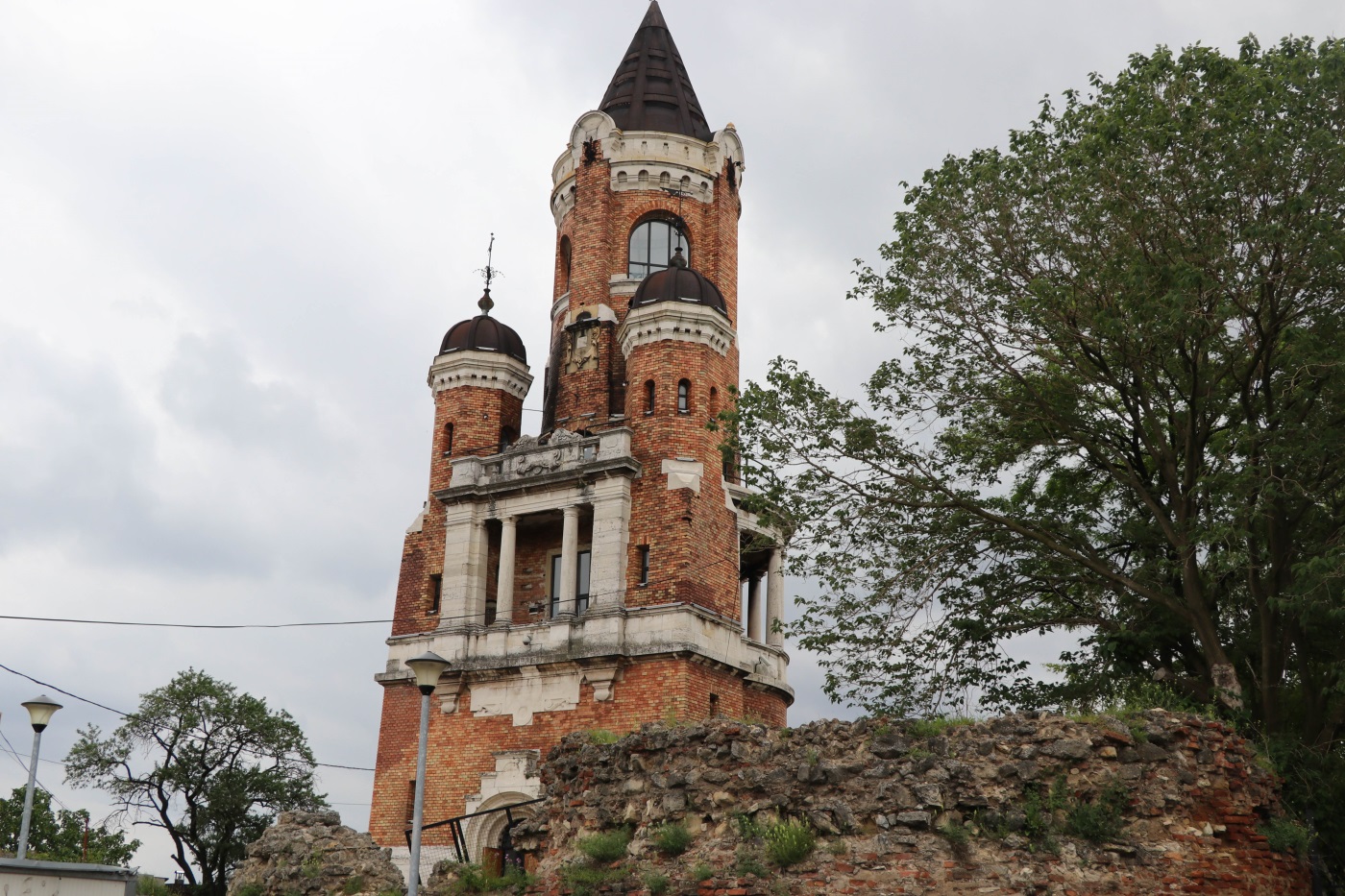

Modern architecture
New buildings are also being actively built in Belgrade. For example, on the site of the old tracks of the former station there will be a Waterfront business district.
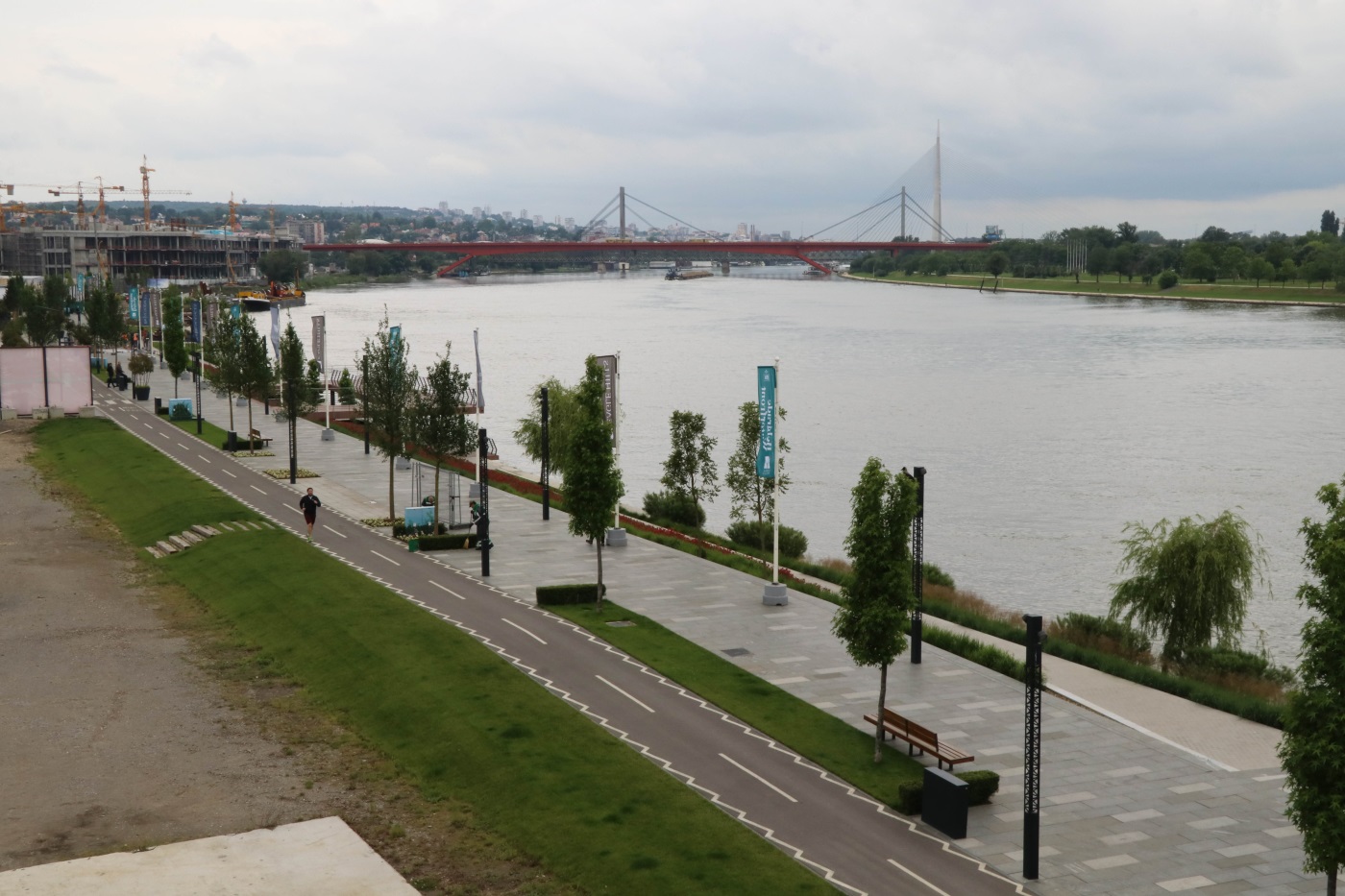

And also in New Belgrade.
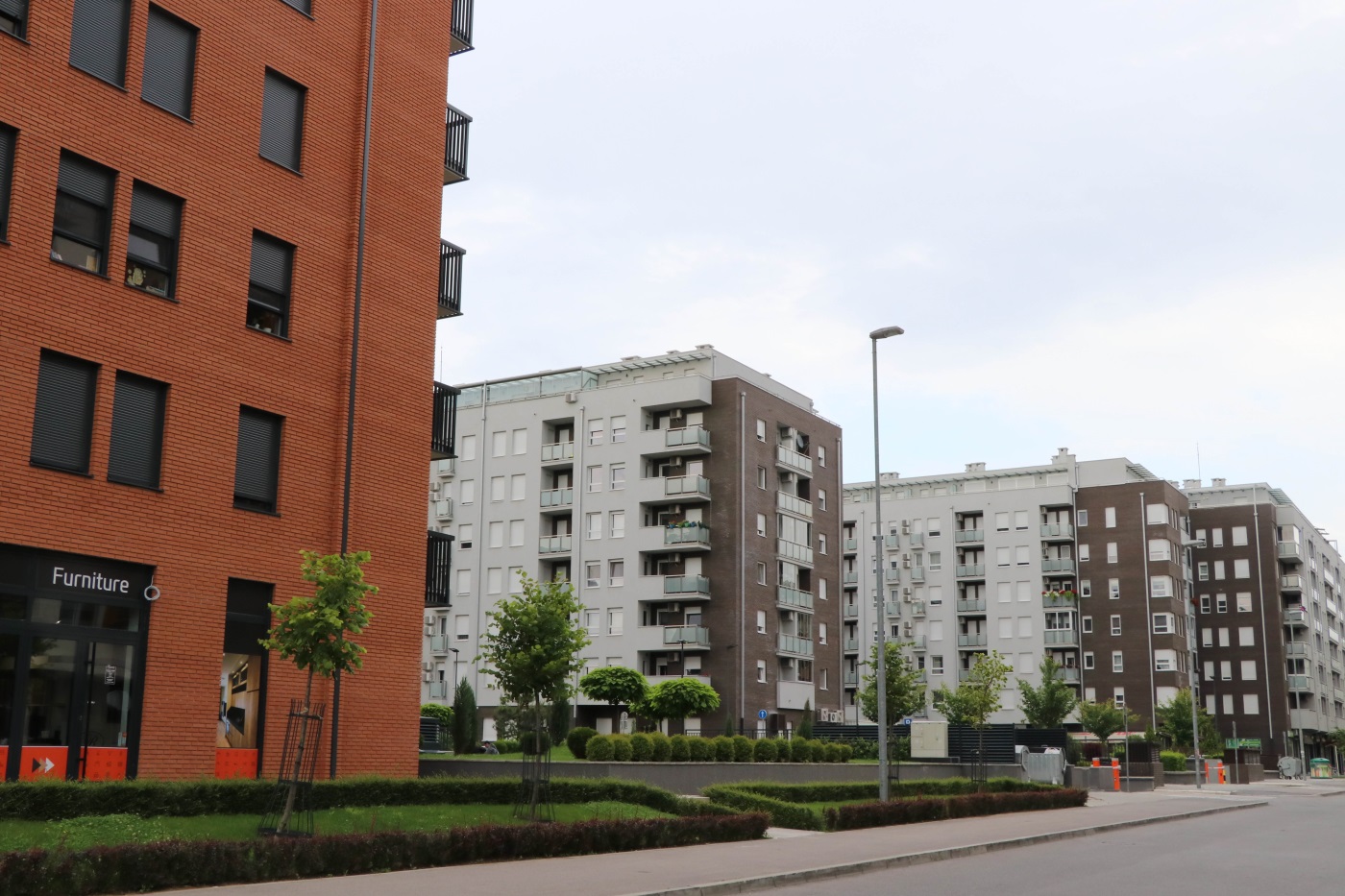
Belgrade exhibits architectural trends that have been layered on top of each other over time and now shape the appearance of the city. The central streets are similar to the streets of a Western European city, where romanticism and art nouveau prevailed; the outskirts were given over to the urban modernist project. Ancient buildings have also been preserved, which remind us that Belgrade is one of the oldest cities in Europe. Because of its unique combination of architectural styles and eras, Belgrade is interesting to explore and there is always something new to discover.
